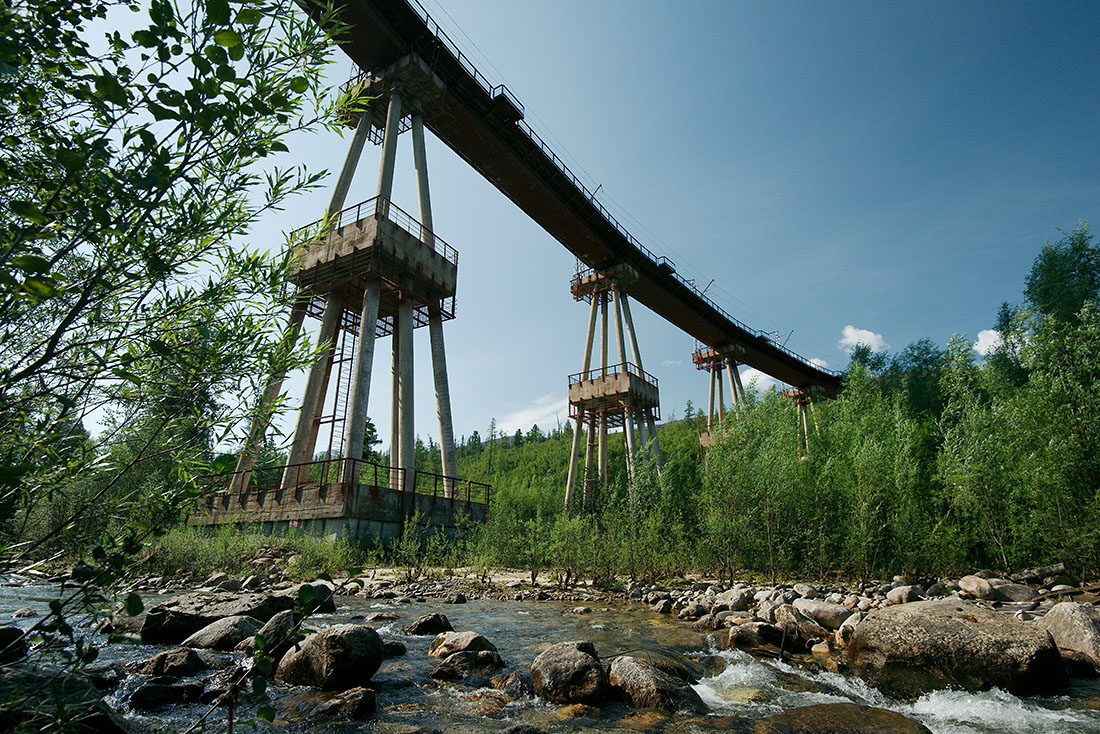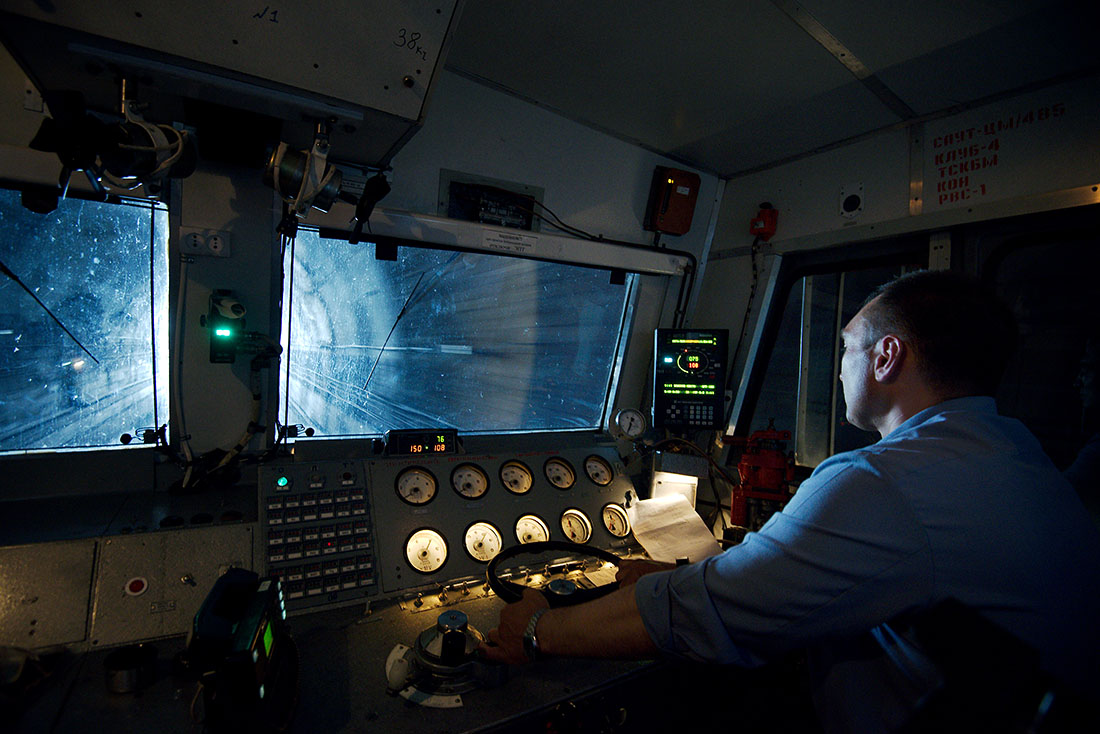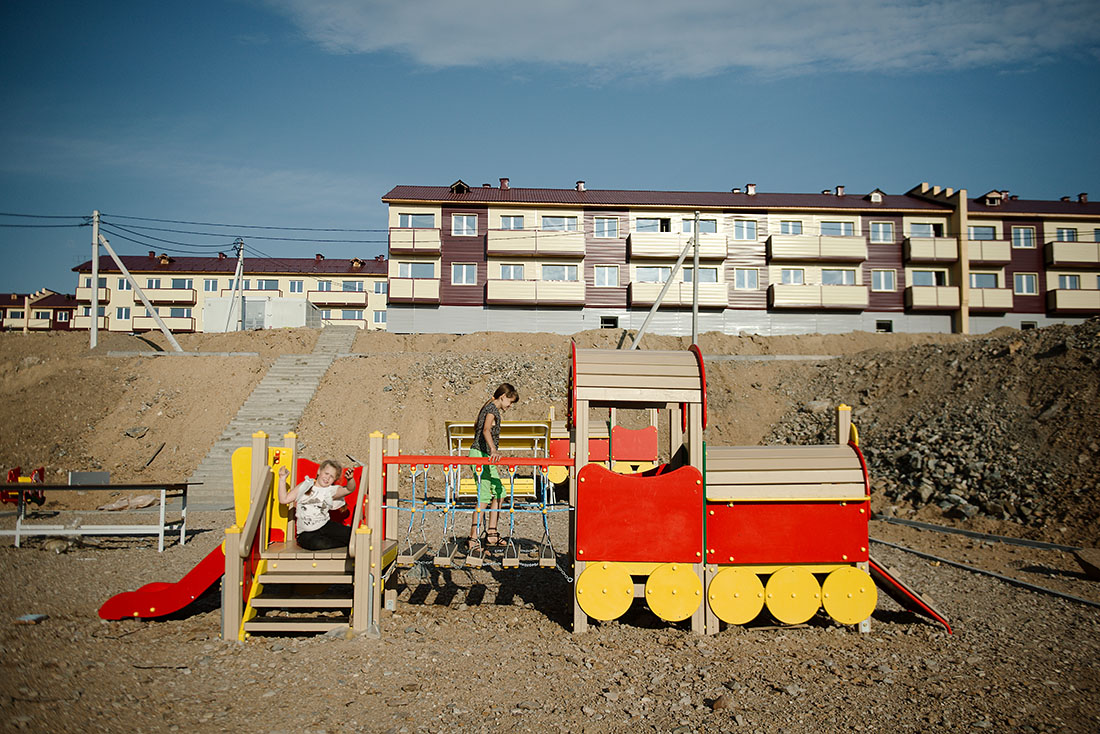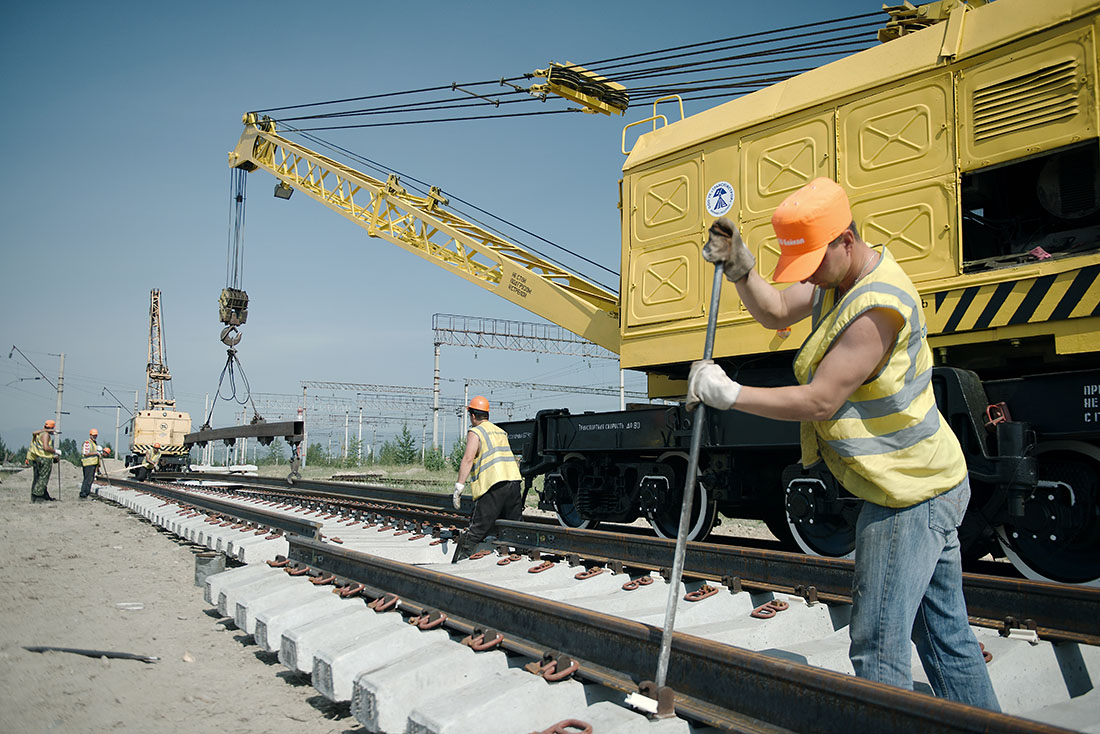BAM – New Hope
for National Geographic Russia, 2014
The legendary BAM railway (Baikal-Amur Mainline) traverses Eastern Siberia and the Russian Far East about 600-700 km north of the Trans-Siberian railway. It stretches for thousands of kilometres and represents many decades of history – from its development by Gulag prisoners, followed by its construction by Komsomol (Communist Youth), through to the years of Perestroika and post-Soviet abandonment.
Historically BAM was unlucky. It was Brezhnev’s pet project. The Soviet government succeeded in mobilising hundreds of thousands of young people for its construction. Some were attracted by high salaries or the opportunity to get a sought-after car, whereas others came looking for adventure. The Soviet Union collapsed two years after the opening of the line. Prospects of economic and industrial development of rich deposits of Eastern Siberia got buried for decades. A newly constructed railway became “well forgotten”.
Currently life along the railway is stagnant. Without rail and industrial development, there is no future for its cities and villages. All hopes are pinned on the ‘BAM-2’. The main part of the BAM railway has just a single track with many railway sidings. This limits its through capacity. The Russian Railways (RZD) is looking to double the traffic volume by 2017. The second track is crucial to the plans of industrial development of the region. This program is called ‘BAM-2’. 512 billion roubles have been allocated for its reconstruction.
Next stop?




































